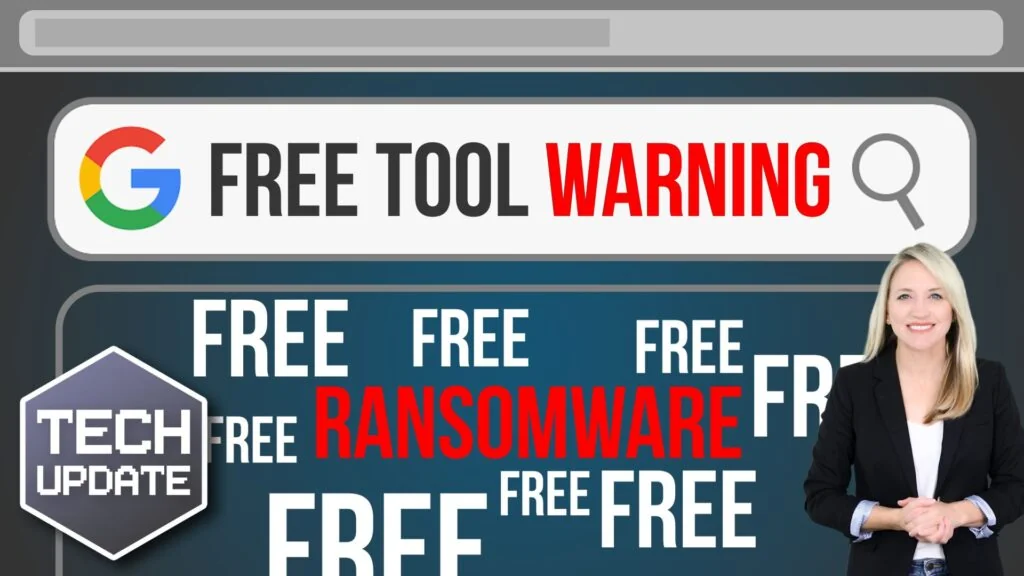Demystifying Compliance: A Step-by-Step Guide to Navigating Data Protection Regulations for Small Businesses
Have you ever wondered how secure your business’s data is? Data protection isn’t just a buzzword in today’s digital world. It’s the cornerstone of building a trustworthy and resilient business. And while multinational corporations may grab the headlines when breaches occur, small businesses are equally at risk.
Increasingly, they’re managing, storing, and relying on sensitive information such as customer emails, purchase history, medical details, and financial records. As such, data protection compliance is not just about avoiding fines, it’s about survival, credibility, and long-term success.
Yet, let’s face it. Compliance can feel like a nightmare. With acronyms like GDPR, CCPA, PDPA, and more swirling around, it’s easy to get lost in the regulatory maze. This guide simplifies everything. Step by step, you’ll learn how to get your business compliant, build customer trust, reduce risk, and operate with confidence in an increasingly regulated landscape.
Why Does Data Protection Matter for Small Businesses?
Let’s lay the foundation. Why should data protection be a top priority for your business, even if it’s a small one? If you collect and use any kind of personal data (names, addresses, emails, credit card numbers, browsing behavior), you’re responsible for protecting it. This responsibility is not only legal, but also ethical. Remember that a single security mishap can have severe repercussions:
- According to the IBM Cost of a Data Breach Report 2023, the average cost of a data breach for a small business was over $2.5 million.
- In Singapore, under the Personal Data Protection Act (PDPA), companies can face penalties of up to SGD $1 million for mishandling personal data.
- Alarmingly, 60% of small businesses shut down within six months of experiencing a major cyberattack.
These statistics paint a clear picture: inaction is no longer an option. Investing in data protection is investing in the future of your business.
Step-by-Step Guide to Data Protection Compliance
Here’s your roadmap to becoming compliant. By following these steps, you’ll be on your way to safeguarding your data, building trust, and reducing risks in no time:
Step 1. Understand the Regulations That Apply to You
Not all regulations apply to every business in the same way. The first step is knowing which data protection laws are relevant based on your geography, customer base, and the type of data you handle.
Here’s a quick overview:
GDPR (General Data Protection Regulation)
Applies to any business that collects personal data from individuals in the European Union. Even if your business isn’t based in the EU, you must comply if you serve EU citizens.
PDPA (Personal Data Protection Act)
This governs how organizations in Singapore collect, use, disclose, and store personal data. It applies if you do business in Singapore or serve its residents.
CCPA (California Consumer Privacy Act)
U.S.-based law that gives California residents specific rights around their data. If you collect information from or sell to California residents, even online, the CCPA likely applies.
These laws don’t just apply to large enterprises. They focus on who you collect data from, not how many employees or customers you have. That means even micro-businesses must take compliance seriously if they deal with protected personal data.
Step 2. Conduct a Comprehensive Data Audit
If you don’t know what data you hold, you can’t secure it. A data audit gives you a detailed picture of the personal data your business handles and where vulnerabilities may lie.
What to include in your audit:
- Types of data – Customer names, email addresses, payment details, user preferences, and employee records.
- Storage locations – Cloud apps (e.g., Google Drive, Dropbox), internal databases, POS systems, email platforms.
- Data access – Who in your organization (or outside vendors) can access what data.
- Processing methods – Is the data manually entered, automatically synced, or shared with third-party platforms?
Create a spreadsheet or database that tracks this information and categorize the data by sensitivity. This audit will help you:
- Identify redundant or outdated data that you can safely delete
- Uncover potential security gaps
- Understand where to focus your protection efforts
- You can consider scheduling audits every 6-12 months. Compliance isn’t a “set it and forget it” task.
Step 3. Draft a Transparent and User-Friendly Privacy Policy
A privacy policy is more than a legal requirement, it’s a statement of trust. It tells your users that you care about their data and handle it responsibly.
An effective privacy policy should:
- Spell out clearly what data you collect and why
- Explain how you store and secure that data
- Outline who has access to the data (including third-party service providers)
- Provide instructions on how users can review, correct, or delete their data
- Be written in everyday language, not legal gibberish
- Be easy to locate (put it in your website footer, on signup forms, and wherever data is collected)
Why it matters
Laws like GDPR and PDPA require informed consent, which means people must know exactly what they’re agreeing to. A clear, honest policy helps you achieve compliance and increase trust.
Do you need help with drafting a transparent and user-friendly policy? You can opt for a privacy policy generator or consult a reliable service provider to sort you out.
Step 4. Put Robust Technical Safeguards in Place
Words are great, but actions are better. Strong security technology ensures that your data policies are backed by effective protection.
Here are the technical safeguards every small business should consider:
- Use encryption both in transit (data being sent) and at rest (data stored in servers or drives).
- Firewalls and Intrusion Detection Systems – Act as digital gatekeepers to detect and prevent unauthorized access.
- Multi-Factor Authentication (MFA) – Require more than a password to access sensitive systems, such as an SMS code or app confirmation.
- Role-Based Access Controls – Limit data access based on an employee’s role. Not everyone needs to see everything.
Step 5. Educate and Train Your Team Regularly
The best security system in the world won’t protect you from human error. Your team (whether it’s three people or thirty) needs to be trained in how to handle data properly.
Every team member should understand:
- How to recognize phishing scams, malware, and social engineering tactics
- How to properly store, transmit, and access sensitive information
- Company procedures for data handling, retention, and deletion
- Steps to take in the event of a suspected data breach
Make training engaging. Not just a boring PowerPoint. You can use simulations, short quizzes, and real-world scenarios to make it engaging.
Step 6. Develop a Clear Data Breach Response Plan
Plan for the worst so that you can act at your best. Having a breach response plan can mean the difference between recovery and disaster.
Your plan should address:
- Detection – How you’ll detect unauthorized access or data loss
- Assessment – Steps to determine the scope and impact of the breach
- Containment – How to isolate affected systems and stop ongoing damage
- Notification – Whom to inform (customers, regulators, affected vendors) and by when. GDPR, for instance, requires notification within 72 hours.
- Remediation – How to restore data, fix vulnerabilities, and return to business
- Postmortem Review: What caused the breach, how it was handled, and how to prevent recurrence
Run simulations with your team to test your plan at least annually. Adjust based on evolving threats and lessons learned.
Bonus Tips to Keep You Ahead of the Curve
Minimize Data Collection
Only collect the data you really need to run your business. The less personal information you gather, the less you have to secure, and the lower your risk of a data breach. Always ask yourself, “Do I truly need this?” Reducing unnecessary data collection not only simplifies your operations but also enhances privacy protection for your customers.
Delete Old Data
Regularly review and delete outdated or irrelevant data. Creating a policy to remove data that’s no longer necessary minimizes your risk and ensures you’re not holding onto sensitive information for longer than needed. This process not only helps reduce your data footprint but also keeps your business in line with compliance regulations like GDPR, which encourages data minimization.
Monitor Regulatory Changes
Staying informed about evolving laws and regulations is crucial for maintaining compliance. Sign up for industry newsletters, legal updates, or join professional groups that keep you in the loop. Laws like GDPR or CCPA change over time, and being proactive about these shifts helps you avoid penalties and stay ahead of compliance requirements, saving you time and money.
Hire or Consult Professionals
Don’t go it alone when it comes to navigating data protection laws. Consider working with IT security experts or compliance consultants who understand the intricacies of the regulations that apply to your business. They can offer tailored advice, help with audits, and ensure you’re implementing the right technical measures, giving you peace of mind and the confidence to focus on growing your business.
Compliance isn’t just a legal checkbox. It’s a commitment to protecting your customers, your business, and your reputation. By understanding which regulations apply to you, conducting regular data audits, creating a clear privacy policy, implementing strong technical safeguards, training your team, and preparing a solid breach response plan, you lay the foundation for trust and resilience. With the right mindset and a proactive approach, even small businesses can turn data protection into a competitive advantage in today’s digital-first world.
Do You Need expert help navigating your data protection strategy?
At Digital Crisis, we specialize in helping small businesses create affordable, scalable, and compliant IT environments.
Call today or visit the contact page to secure your business before it’s too late.














